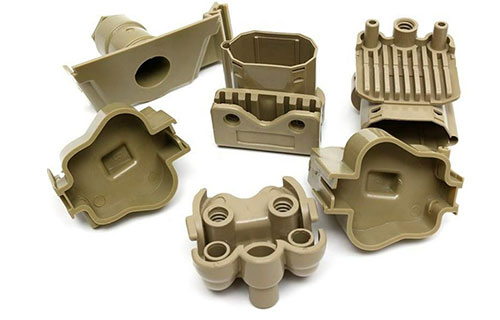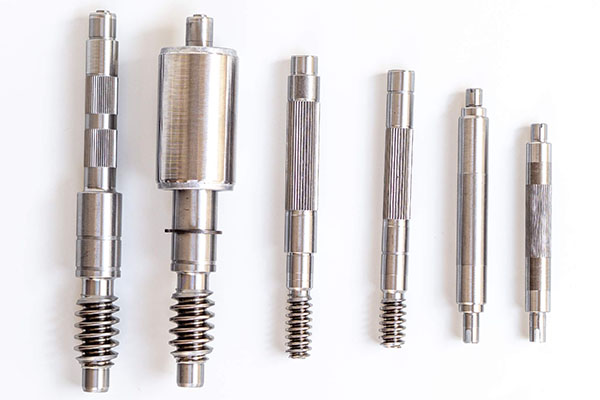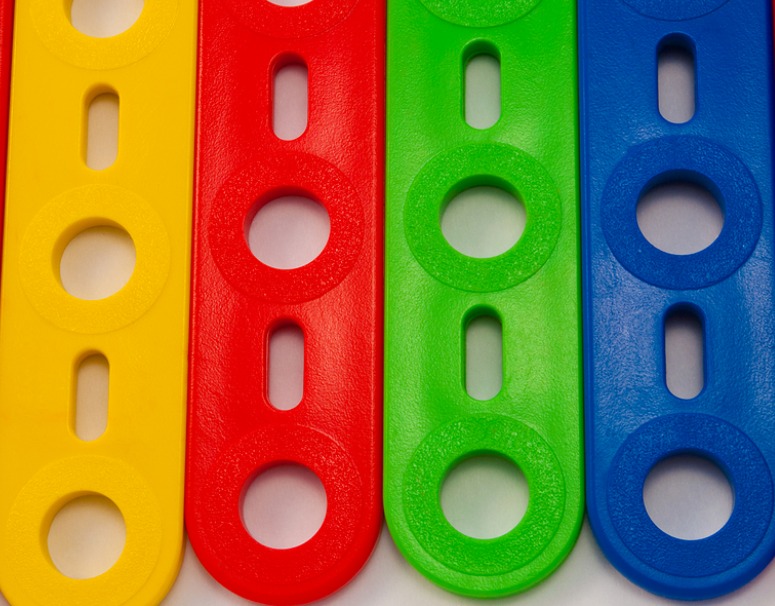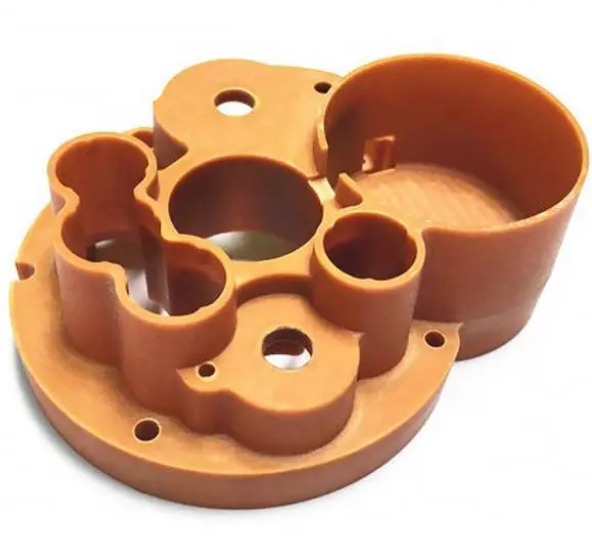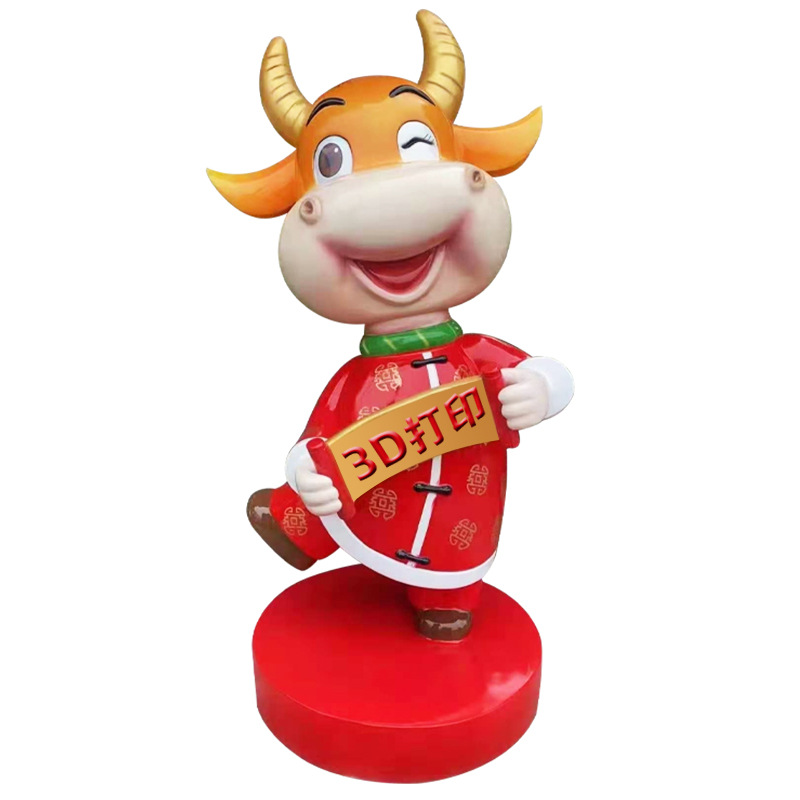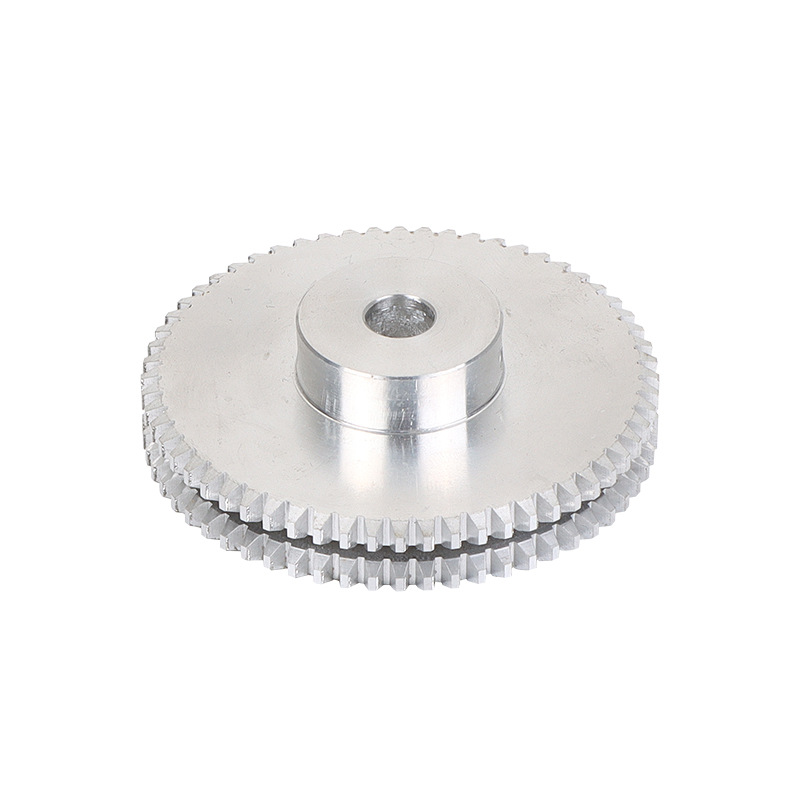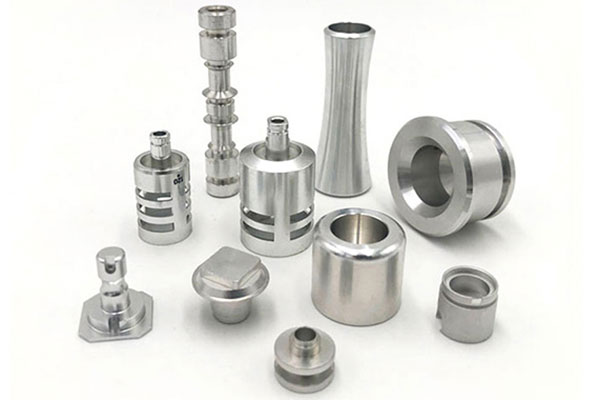From a rusting steel beam in a construction site to a faded refrigerator door in a kitchen, the signs of surface degradation are everywhere. Manufacturers and designers struggle with a common set of problems: how to protect metal, plastic, and wood from corrosion, wear, and weather damage while keeping them looking appealing. A car’s paint might chip after a minor scratch, industrial machinery could corrode from chemical exposure, or outdoor furniture might fade under the sun—all leading to costly repairs or replacements. What’s needed is a flexible, customizable solution that adapts to different materials, environments, and design needs. This is where surface treatment painting & coating delivers. By applying thin layers of protective materials, painting and coating shield substrates from harm while enhancing their appearance—solving these critical pain points across industries. In this guide, we’ll explore how painting and coating work, their key types, properties, and how to leverage them for durable, attractive results.
Introduction to Painting & Coating
Painting & coating are foundational surface treatments that apply protective or decorative layers to substrates, balancing functionality and aesthetics:
- Definition: Painting & coating involve applying a liquid, powder, or film to a surface to form a continuous layer that protects the substrate from environmental damage, enhances durability, or improves appearance. The layer bonds to the substrate, acting as a barrier against corrosion, wear, and UV rays.
- Historical background: Early humans used natural pigments (clay, charcoal) mixed with animal fats to paint caves. By the 19th century, synthetic paints (e.g., lead-based) emerged, followed by modern innovations like powder coatings in the 1950s and water-based paints in the 1970s. Today, the industry focuses on low-VOC (volatile organic compound) formulas and eco-friendly options.
- Basic principles: The process relies on adhesion—mechanical (anchoring to surface roughness) or chemical (bonding with substrate molecules). Coatings cure via drying (solvent evaporation), chemical reaction (e.g., epoxy cross-linking), or heat (powder coating melting). This forms a hard, continuous film that adheres to the substrate.
- Industrial significance: Painting & coating are used in 90% of manufactured products, from cars to furniture. The global coatings market exceeds $150 billion, driven by demand for corrosion protection in construction and automotive industries. They extend product life by 2-5x, reducing waste and maintenance costs.
- Environmental considerations: Traditional solvent-based paints release VOCs, contributing to air pollution. Modern alternatives include water-based paints (low VOCs), powder coatings (no solvents), and UV-cured coatings (energy-efficient). Waste is minimized via recycling overspray (in powder coating) and treating paint sludge, complying with regulations like the EPA’s Clean Air Act.
- Comparison with other surface treatments: Painting & coating offer unique advantages:
| Feature | Painting & Coating | Anodizing | Plating |
|---|---|---|---|
| Substrate Versatility | Metals, plastics, wood | Aluminum primarily | Metals only |
| Color Options | Unlimited | Limited (dyed/anodized) | Limited (metal-dependent) |
| Cost | Low to moderate | Moderate | High |
| Application Complexity | Simple to complex | Moderate | High |
Types of Paints and Coatings
Painting & coating offer diverse options to meet specific performance needs:
- Liquid paints: The most common type, available as water-based (latex), solvent-based (oil-based), or high-solids (low solvent) formulas. Water-based paints are eco-friendly (low VOCs) and dry quickly, ideal for indoor use (e.g., walls, furniture). Solvent-based paints offer better adhesion to metals, used in automotive and industrial applications.
- Powder coatings: Dry powder (polyester, epoxy) applied electrostatically, then cured with heat (160-200°C) to form a hard film. They produce thick, even layers with no drips, ideal for metal parts like bike frames and appliance panels.
- Epoxy coatings: Two-part systems (resin + hardener) that cross-link to form tough, chemical-resistant layers. Used in industrial floors, pipelines, and marine equipment, they withstand acids, oils, and saltwater.
- Polyurethane coatings: Known for weather and UV resistance, they’re used as topcoats on cars, outdoor furniture, and architectural metal. They retain gloss and flexibility, resisting cracking in temperature extremes.
- Acrylic coatings: Water or solvent-based, with excellent UV resistance and color retention. Used in consumer electronics, signage, and aircraft exteriors, they dry quickly and offer a smooth finish.
- Fluoropolymer coatings: Include PTFE (Teflon) and PVDF, offering non-stick properties and chemical resistance. Used in cookware, industrial machinery, and architectural panels (PVDF resists fading for 20+ years).
- Primer coatings: Applied before topcoats to improve adhesion and corrosion resistance. Zinc-rich primers protect steel from rust, while etch primers prepare plastic and aluminum surfaces.
Properties of Painted and Coated Surfaces
The properties of painted and coated surfaces make them indispensable across industries:
- Aesthetic appeal: Coatings offer unlimited colors, gloss levels (matte to high-gloss), and textures (smooth, hammered, or textured). Custom color matching (ΔE <1) ensures brand consistency, critical for consumer goods and automotive parts.
- Corrosion resistance: Protective coatings act as barriers, with epoxy and zinc-rich primers preventing steel rust for 5-10 years in outdoor environments. Marine coatings (e.g., antifouling paints) resist saltwater corrosion, extending ship hull life.
- Wear resistance: Polyurethane and powder coatings withstand abrasion, with pencil hardness ratings of 2H to 4H (vs. B for uncoated plastic). This makes them ideal for high-traffic surfaces like flooring and machinery.
- Chemical resistance: Epoxy and fluoropolymer coatings resist acids, solvents, and oils. Lab equipment and chemical storage tanks use these coatings to prevent substrate damage.
- Weather resistance: Acrylic and PVDF coatings withstand UV rays, moisture, and temperature fluctuations. Architectural panels with PVDF coatings retain color for 20+ years, outperforming standard paints (5-7 years).
- Adhesion: Properly applied coatings bond strongly to substrates, with adhesion strengths of 5-20 MPa (tested via ASTM D3359 tape test). Primers enhance adhesion, ensuring coatings don’t peel or chip.
- Flexibility: Elastic coatings (e.g., polyurethane) bend without cracking, making them suitable for substrates that expand/contract (e.g., metal roofing, plastic parts).
Applications of Painting & Coating
Painting & coating protect and enhance products across industries:
- Automotive: Car bodies use electrocoating (primer), basecoats (color), and clearcoats (gloss/UV protection) to resist chips, UV fading, and corrosion. Wheels often use powder coatings for durability.
- Aerospace: Aircraft exteriors use acrylic and polyurethane coatings to withstand high altitudes, UV rays, and temperature extremes. Interior surfaces use fire-retardant coatings for safety.
- Construction: Bridges, buildings, and pipelines use epoxy and zinc-rich coatings to prevent rust. Architectural panels use PVDF coatings for long-lasting color, while interior walls use water-based paints for low VOCs.
- Household appliances: Refrigerators, washing machines, and ovens use powder coatings or acrylic paints for scratch resistance and easy cleaning. The smooth finish resists stains and fingerprints.
- Marine: Ship hulls use antifouling coatings (to prevent barnacle growth) and epoxy primers (to resist saltwater). Boat interiors use moisture-resistant paints to prevent mold.
- Industrial equipment: Machinery, tools, and factory floors use epoxy and polyurethane coatings to resist oils, chemicals, and heavy foot traffic. This reduces downtime from repairs.
Painting & Coating Process and Equipment
The painting & coating process varies by type but follows core steps for quality results:
- Surface preparation: Critical for adhesion—substrates are cleaned (degreased, sanded), etched (for plastics/metal), or primed. Steel may be sandblasted to remove rust, creating a rough surface for better bonding.
- Spray painting: Uses conventional, HVLP (High-Volume Low-Pressure), or electrostatic spray guns. HVLP reduces overspray (saving material), while electrostatic spray charges paint particles to stick to metal substrates—ideal for car parts.
- Powder coating: Involves electrostatic application (powder sticks to grounded parts) followed by curing in ovens (160-200°C). Equipment includes powder guns, curing ovens, and recovery systems for overspray.
- Electrocoating (E-coating): Parts are submerged in a water-based paint bath, with an electric current drawing paint particles to the substrate. Used for car bodies and metal frames, it ensures uniform coverage, even in recesses.
- Dip coating: Parts are immersed in liquid paint, then lifted to let excess drip off. Used for small parts like fasteners and toys, it’s simple and cost-effective for high-volume production.
- Curing equipment: Ovens (for powder coating, epoxy), UV lamps (for UV-cured paints), and air-drying racks (for water-based paints). Curing time varies: 10-30 minutes for powder coating, 1-24 hours for air-drying.
- Spray booths: Enclosed spaces with ventilation to capture overspray and fumes. They maintain clean conditions, preventing dust from ruining wet paint—critical for automotive and aerospace finishes.
Quality Control and Maintenance in Painting & Coating
Rigorous quality control and maintenance ensure coatings perform as intended:
- Surface preparation checks: Verify cleanliness (via water break test—no beading means clean) and roughness (using profilometers to measure 50-100 μm for optimal adhesion).
- Coating inspection: Visual checks identify defects like runs, sags, pinholes, or uneven color. Wet film thickness gauges (e.g., comb gauges) ensure proper application, while dry film thickness gauges (magnetic or eddy current) verify cured thickness (20-100 μm for most applications).
- Adhesion testing: The cross-cut test (ASTM D3359) scores adhesion from 0 (excellent) to 5 (poor). Coatings must resist peeling when tape is applied and removed.
- Color consistency: Spectrophotometers measure ΔE values to ensure batches match (ΔE <2 for consumer products). Light booths (D65 daylight) standardize visual checks.
- Equipment maintenance: Spray guns are cleaned daily to prevent clogs; powder coating guns are calibrated weekly to ensure uniform powder flow. Ovens are checked for temperature uniformity (±5°C) to avoid curing issues.
- Defect correction: Pinholes are filled with touch-up paint; runs are sanded and re-coated. Root-cause analysis (e.g., humidity causing bubbles) prevents recurrence.
- Quality standards: Compliance with ISO 12944 (corrosion protection) and ASTM D638 (coating flexibility) ensures performance. Automotive clients often require TS 16949 certification.
Yigu Technology’s Perspective
As a leading custom manufacturing supplier in China, Yigu Technology offers comprehensive painting & coating solutions for automotive, electronics, and industrial clients. We specialize in water-based paints (low VOCs) and powder coatings, with color matching (ΔE <1) and strict thickness control (±5 μm). Our process includes automated spray systems for uniformity and UV curing for energy efficiency, complying with REACH and RoHS. We perform 100% adhesion and thickness checks, ensuring coatings withstand 500+ hours of salt spray. Painting & coating’s versatility makes it ideal for diverse substrates, and we tailor solutions—from epoxy for chemical resistance to polyurethane for weather protection—to meet each client’s unique needs.
FAQs
- How long does a painted or coated surface last?
Lifespan depends on coating type and environment: indoor water-based paints last 5-7 years; outdoor polyurethane coatings last 10-15 years; powder coatings on machinery last 15-20 years. Marine coatings (epoxy + antifouling) last 5-7 years in saltwater. - Can powder coating be applied to plastic?
Yes, but plastic must withstand curing temperatures (160-200°C). Heat-resistant plastics (e.g., nylon, polyester) work, while low-melt plastics (e.g., PVC) require special low-temperature powders (cured at 120-150°C). - What’s the difference between a primer and a topcoat?
Primers adhere to the substrate, prevent corrosion (e.g., zinc-rich primers), and improve topcoat adhesion. Topcoats provide color, gloss, and final protection (e.g., UV resistance for outdoor use). Together, they form a system for optimal performance.

